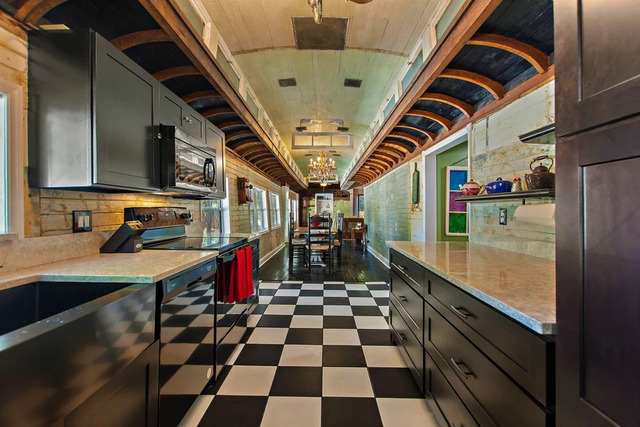DADE BATTLEFIELD HISTORIC STATE PARK
The battle that started the Second Seminole War is commemorated in January each year under the oaks of Dade Battlefield. On December 28, 1835, Seminole Indian warriors ambushed 108 soldiers at this site-only three soldiers survived. The park protects not only a historic battlefield, but also the natural communities as they existed when the soldiers and Seminoles battled over 180 years ago. Strolling a half-mile nature trail through pine flatwoods, visitors might see gopher tortoises, woodpeckers, songbirds, hawks, and indigo snakes. The park has a playground, picnic area with covered shelters, and a recreation hall. The visitor center has information and displays about the battle and visitors can watch a twelve-minute video history, This Land, These Men. The center is open 9:00 a.m.-5:00 p.m. daily. Located off I-75, exit 314, west of U.S. 301.
Florida state parks are open from 8 a.m. until sundown 365 days a year.
In 1821 the United States acquired Florida from Spain and it became a US territory. By the 1830's significant conflict had happened between the new white settlers and the Seminole indians. The Seminoles were told that they had to move to a new reservation in Oklahoma. When told to move, 3/4 of the Seminoles moved without a fight. The other 1/4 signed a treaty saying they would move if given one year to prepare. They had no intentions on leaving. They were delaying for one year when they would have to fight. In December 1835 108 US troops and officers were marching from Ft Brook in Tampa to reenforce Fort King in Ocala for the event of the Seminoles surrendering. 100 miles from Tampa they were attacked by 180 Seminole warriors. All but 3 of the soldiers were dead and only three Seminoles were killed. This lead to the declaration of war between the United States and the Seminole Nation. In January 1905 Congressman Stephen Sparkman asked that copies of the files related to "Dade's Massacre" be sent to him. He proposed a bill to save the site but it did not pass. Senator Duncan Fletcher later continued to gather documents with the encouragement of the Superintendent of West Point, General Douglas MacArthur. In 1921 the state legislature appropriated funds for the preservation of the battle site as a memorial. Through the succeeding years the park has been carefully developed to rescue the site from obscurity and exploitation. Today visitors can visit the site where there is a museum, a replica of the breastworks on it's original site and a section of the original Ft King road.
Park visitors can get acquainted with the battle history by viewing a twelve minute video, " This Land, These Men." Mannequins provide a glimpse of the clothing worn by the soldier and Seminole and the muskets each used. There are other audio exhibits and displays of artifacts related to the battle. Visitors can purchase a variety of books related to Dade's battle with the Seminoles, as well as books about the Seminole Wars, Seminole Culture and more. Tee-shirts and postcards are also available.


